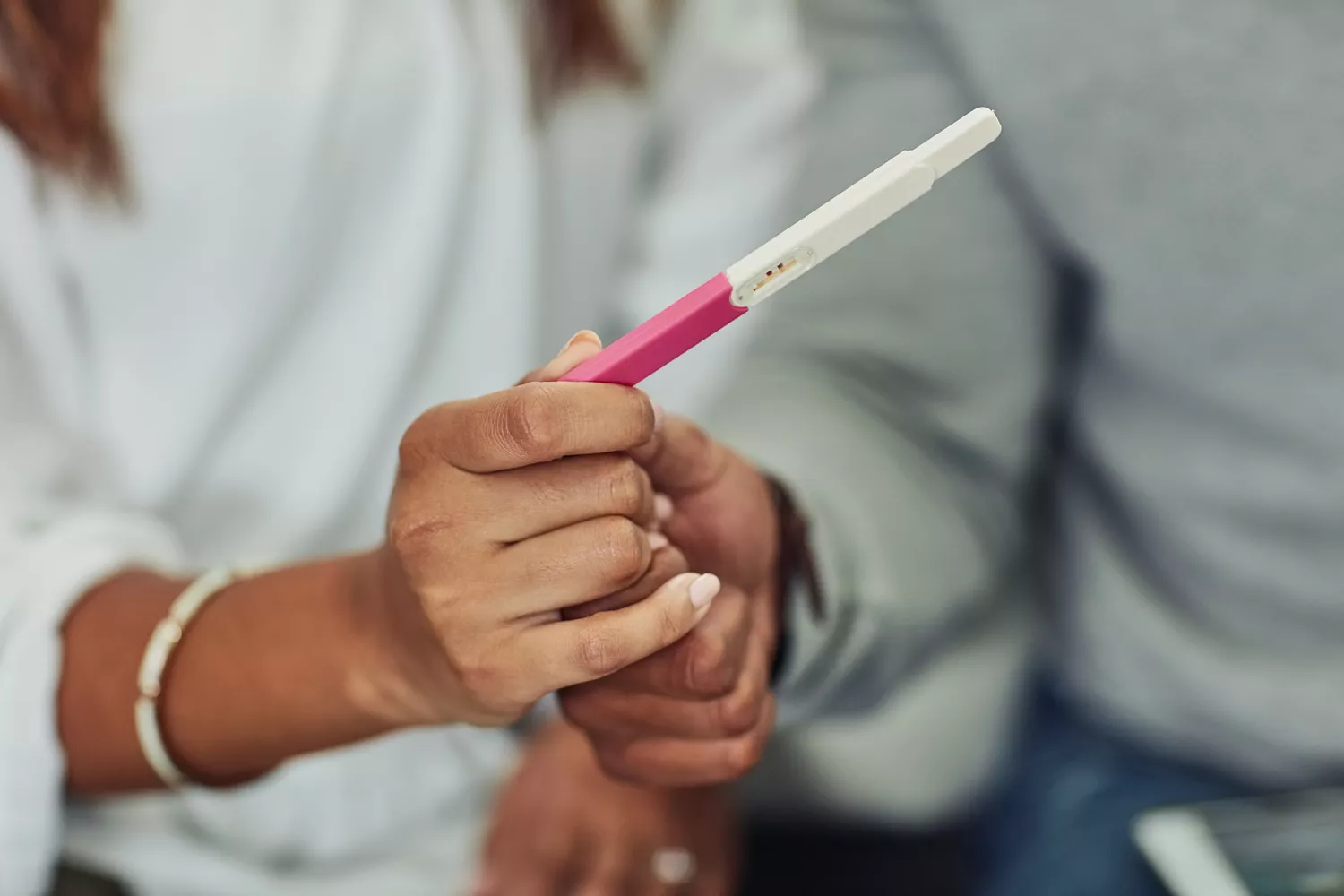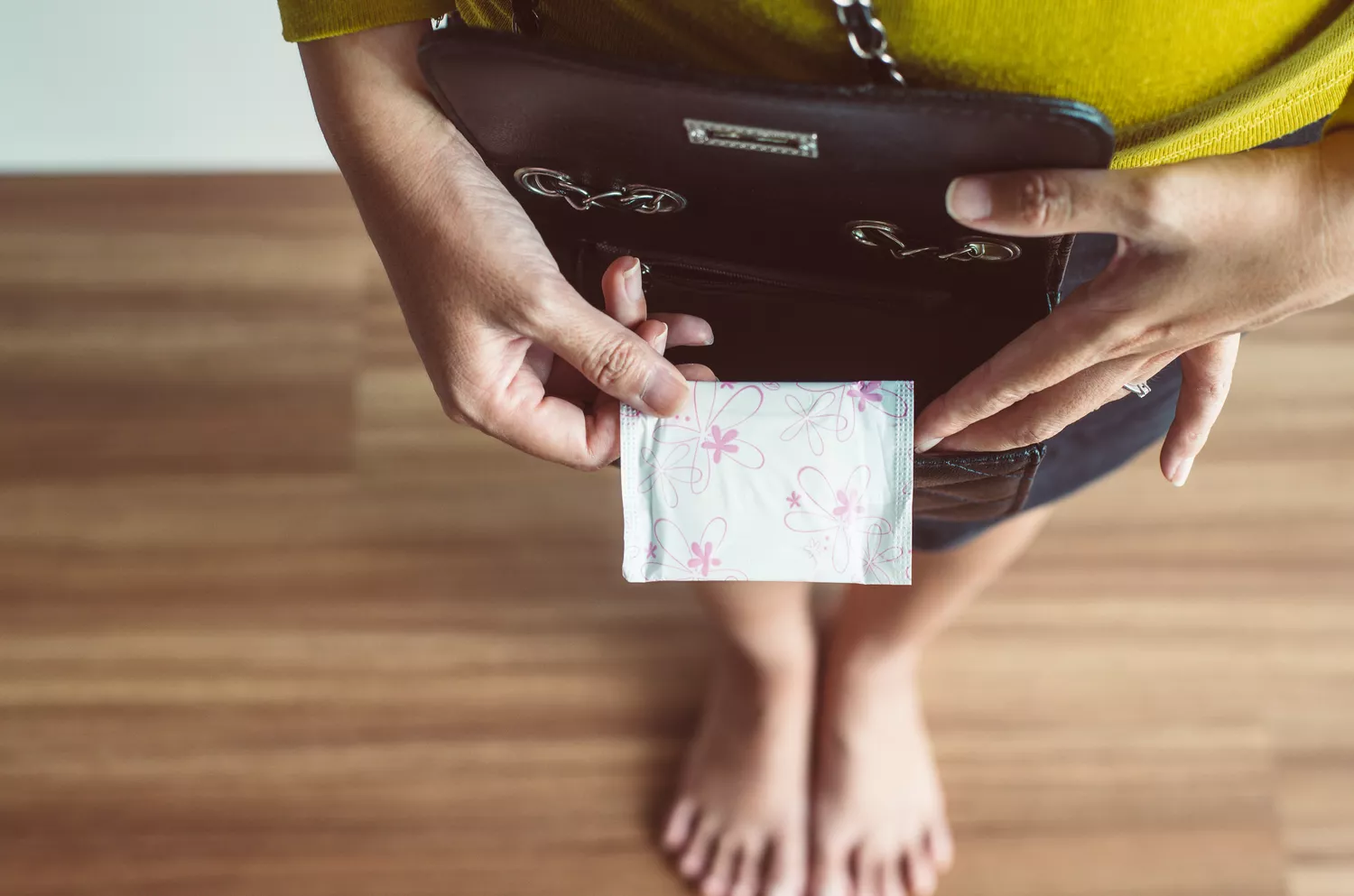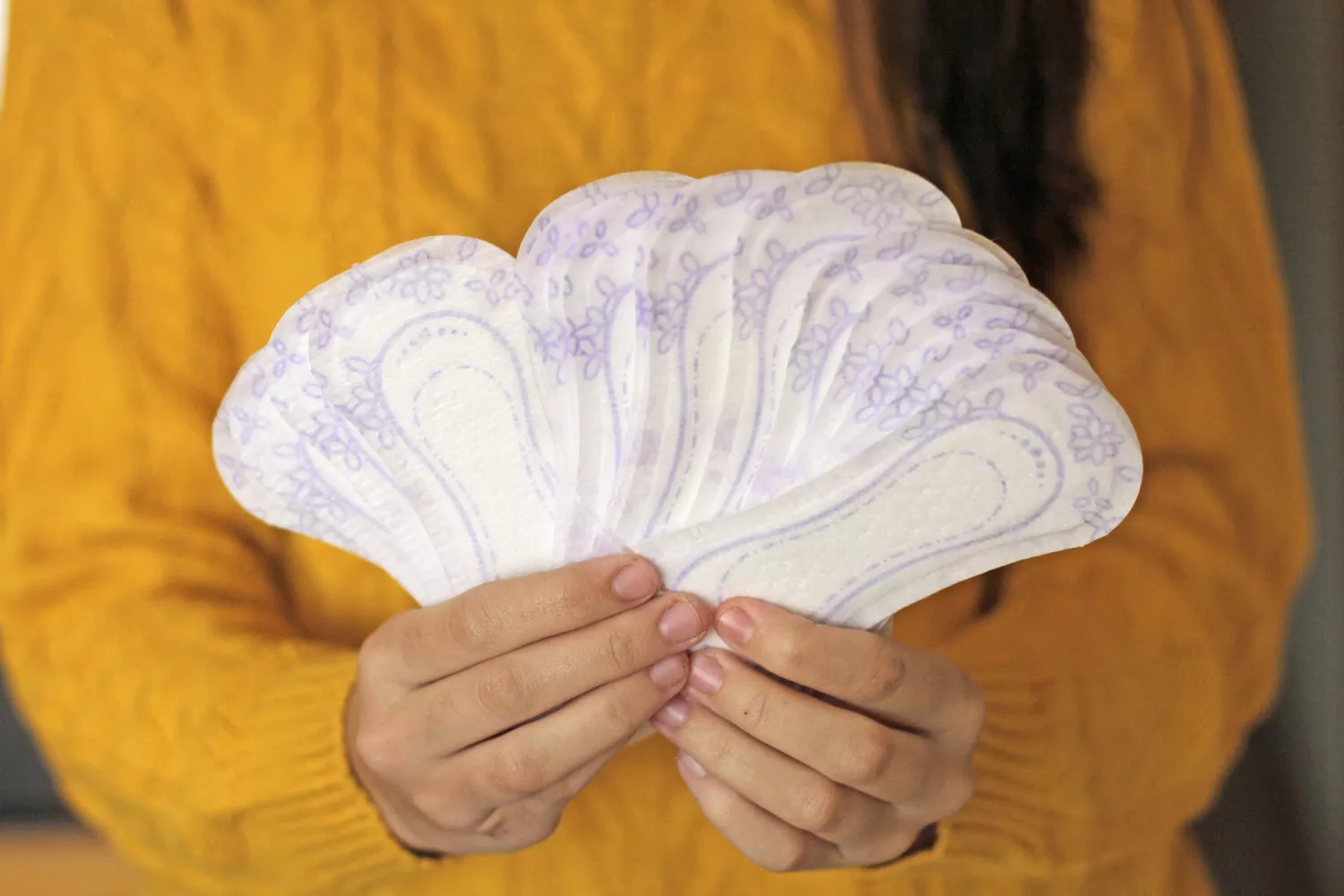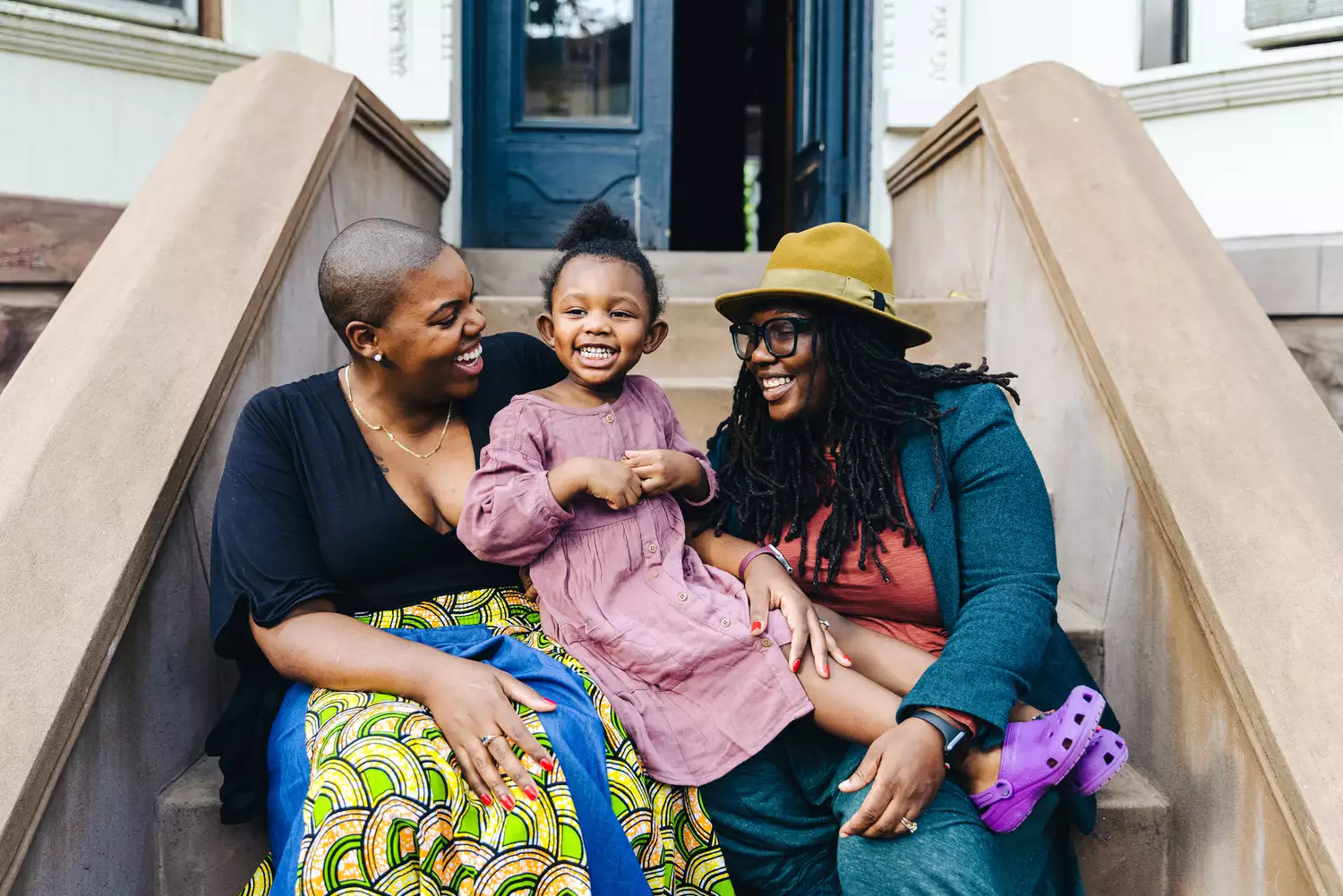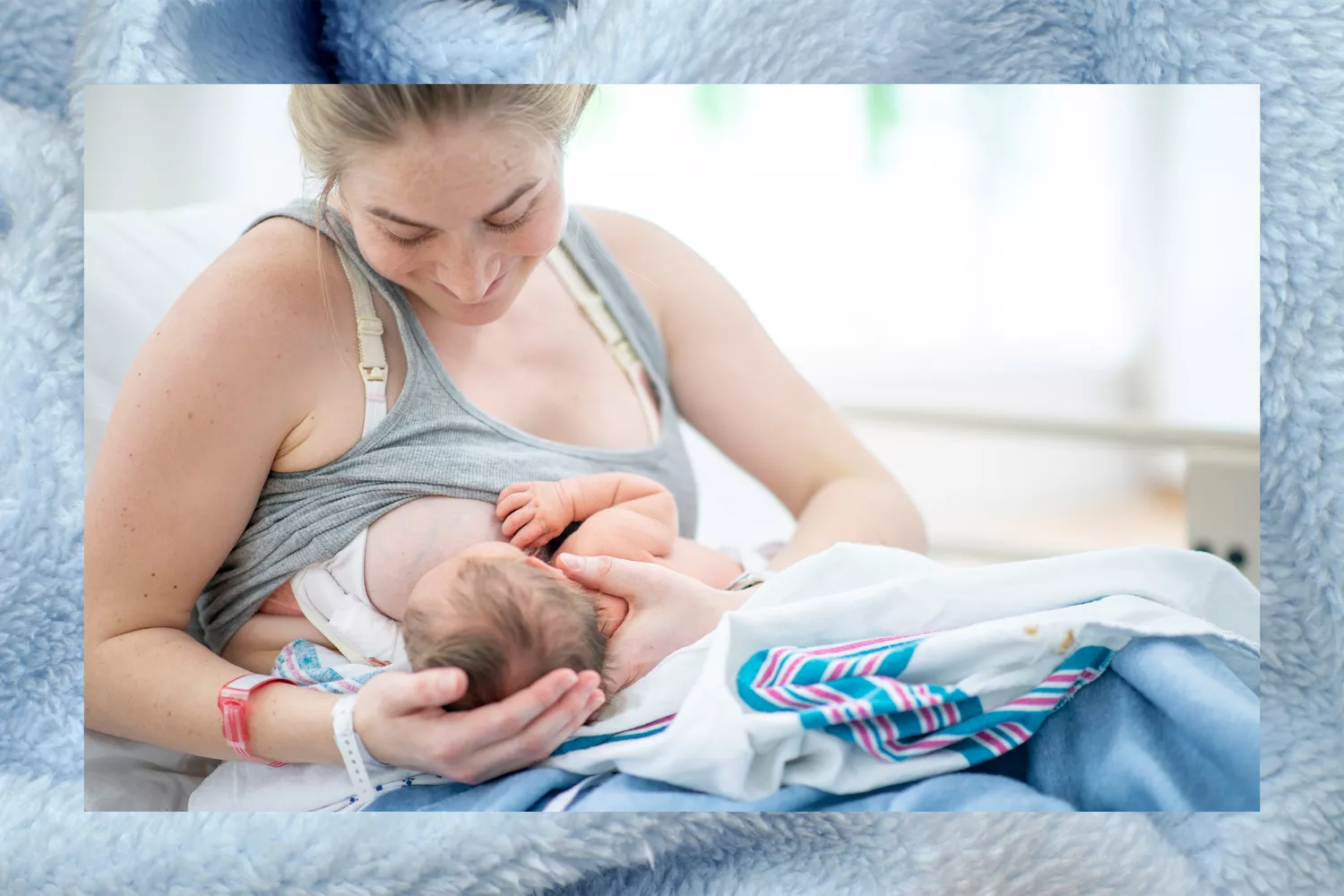When do babies develop the pincer grip?


It is amazing how much a baby changes in the first year. In just a few months, your baby will have grown from being unable to hold his head up to being able to crawl and learn to feed himself.
In general, babies go through their major physical milestones according to a fairly predictable sequence. As they progress, the next step is prepared for them. Your baby’s first milestone is reaching for something. They will then begin to grab objects and rake them toward themselves.
The pincer grasp is one of the most significant hand and finger milestones. We explain what the pincer grip is and why it is so important for your child’s development.
When Do Babies Point?
Key Takeaway
A pincer grip is a milestone that occurs when a baby can pick up a tiny object between his thumb and forefinger. This milestone is usually observed between 8 and 10 months.
What is the pincer grip?
Pincer grasp is a skill which involves picking up objects by holding them between thumb and forefinger. Your baby will be able pick up small items, like toys or food, when they can use the pincer grip. The pincer grip is a crucial first step to other motor skills such as being able to hold a pen.
When does a baby develop the pincer grip?
Around 8-10 months of age, most babies begin to use the pincer grip. At this age, babies tend to hold objects nearer the base of their thumb and index fingers. Peter Putnam, MD, chair of the Esse Health pediatrics department, says, “This is a development process that takes time for it to mature.” The inferior pincer grip occurs before the fully-developed superior pincer grab.
After some time and practice, your baby will be able to pick up one small object using the pads of his thumb and forefinger. This happens usually by the time a baby reaches 12 months.
12 Milestones That You Shouldn’t Miss
How to Strengthen a Baby’s Pincer Grasp
As long as your baby can reach something, he or she will start to try the pincer grip. As part of their development, give them safe opportunities to strengthen their small muscles and practice grasping.
Strengthening Pincer Grasp
When you are supervising your child, offer finger foods and small toys that are developmentally appropriate. Also, model pointing.
You can encourage the development of your baby’s pincer grip by doing a few simple things:
Serve Finger Foods
Add finger foods to the tray of your baby’s highchair as soon as you notice any signs of pincer grasp. You can also try green peas or Cheerios. Dr. Putnam says that you’ll be amazed at how your child will grasp the food with his or her whole hand first, then the base of their index finger and thumb, and finally with the tips of their thumb and index fingers.
Offer Small Toys
When your baby reaches their milestones for hand and finger development, he or she will begin to become fascinated by small objects. To help them grasp, give them some toys. Pierette Poinsett M.D. is a pediatrician, medical consultant and pediatrician for Mom’s Best. She suggests giving your child small blocks or toys that they can pull.
You should supervise your child and ensure that the toys are handled with care. Some small toys are a danger to children under the age of 3.
Play with Knobbed Puzzles
Find large wooden puzzles that have knobs on each piece. Show your child the proper way to hold the knob with your thumb and index finger. As you continue to work on puzzles, model the grip.
Knobbed toys allow your child to play with small items without worrying about choking hazards. Buy high-quality puzzles, and make sure you check the knobs often to ensure that they don’t fall off.
Use Painter’s Tape
Painter’s tape can be used anywhere. You can place the tape on a wall, floor or table your child is able to reach. Attach the tape at the ends loosely so your child can grab it and easily peel it off. You’ll be surprised how long your baby will enjoy this activity!
Practice Pointing
You can point to your child if he or she hasn’t started using the pincer grip. As you speak about something, point it out with your finger. Dr. Poinsett explains that your baby will start to imitate you, which will strengthen the fingers in preparation for grasping.
Why Pincer Grasp is a Problem
Some babies will need more time to master the pincer grip than others. Contact a doctor or pediatrician if you are concerned about the hand and finger development of your child, or if they reach 12 months without using the pincer grip. They may offer some additional suggestions to encourage this development or may decide to perform some further assessment.


